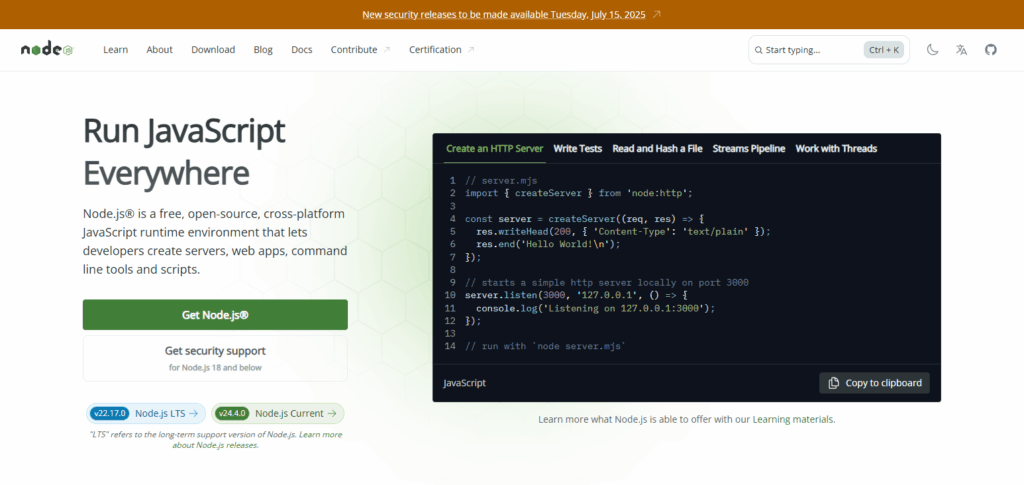I will discuss the How to Run Bridging Aggregator Bots for Profit by using automated systems that look through several blockchains for arbitrage opportunities.
You will understand the functioning of these bots, how to set them up securely, and the best ways to maximize profit and minimize risk in the rapidly evolving world of decentralized finance (DeFi).
What Are Bridging Aggregator Bots?
Bridging aggregator bots are automated systems developed to streamline and improve cross-chain crypto transactions by determining the best path for multi-bridge transactions.

They blend liquidity while checking for profits using automated trading, especially focusing on arbitrage opportunities. These bots monitor the decentralized exchanges and bridges to locate real-time pricing inconsistencies between the networks.
Automating these tasks brings efficiency in reducing work, lowering transaction costs, and increasing profitability for users in multi-chain DeFi engagements.
How to Run Bridging Aggregator Bots for Profit

Example: Earning Through Bridging Aggregator Bots
Select an Aggregator API
Choose bridging aggregators with multi chains and bridge support, like LI.FI, Swing, or Jumper.Exchange.

Create Your Bot Environment
- Build your bot using Node.js or Python.

- Work with the aggregator’s API to get live route data stream.
- Example: Get swap + bridge routes on LI.FI’s SDK along with gas estimates.
Outline Profit Making Tactic
- Implement a profit making strategy by charging a service fee for using your routing bot.
- Make gas optimization or slippage protection offered as premium features.
Bot Deployment
- Deploy and cover expenses with a cloud server like AWS or Vercel.
- Enable wallet integrations for interaction with users like MetaMask and WalletConnect.
Promote Your Bot
- Post on crypto discussions, Discord, and Twitter.
- Emphasize features such as lowest fees, fast bridging, and multi-chain support.
Monitor & Optimize
- Observe utilization, revenue earned, and route metrics.
- Change bridge coverage or modify existing fee policies.
Best Practices for Running Bots
Select Trustworthy Bots: Always prefer open-source bots or those that have been audited by an independent security firm.
Focus on Gas Cost Optimization: Try to deploy on networks which have lower gas tariffs and make use of gas-efficient methods to lower operational costs.
Check Liquidity and Volume: Make sure the liquidity of the bridges and DEXs involved is adequate so that slippage or failed trades do not occur.
Establish Realistic Trade Limits: Set minimum profit thresholds so that value losses due to fees or price fluctuations are avoided.
Apply Rate Limiting and Delays: Stop your bots from spamming networks or getting rate-limited by the APIs.
Collect and Analyze Data: Make comprehensive logs of all actions executed by the bots and analyze them for performance periodically in order to increase efficiency.
Run Simulations Prior to Deployment: Test bots on testnets or sandbox environments prior to deploying them to the live environment.
Adapt Strategies in Relation to Bot Settings: Modify strategies based on market fluctuations, updates to bridges, or newly identified arbitrage opportunities.
Set Boundaries for Trades: Disable trading during unusual market circumstances or abnormal losses while enabling protection for funds by halting trade flow.
Protect Your Systems: Keep cold wallets for storage, encrypt keys, and do not execute bots on compromised devices.
Security Tips
Use Cold or Hardware Wallets: Keep most funds in cold or hardware wallets and only a small amount of working capital in hot wallets.
Protect API and Private Keys: Avoid hardcoding sensitive credentials; utilize encrypted storage or environment variables.
Avoid Scripts or Bots That Are Unverified: Only trust bots from recognized and vetted sources with open-source code or complete audits.
Limit Permissions on Wallets: Use more secured wallets with minimal permissions and regularly revoke unnecessary token approvals.
Enable 2FA Along with Security Layers: Two-factor authentication and secured access to the bot infrastructure should be in place.
Monitor for Strange Activities: Regularly monitor the transaction history and bots’ activities for unusual or suspicious signs.
Update Software Regularly: Update your bots, bridges, and wallets to the most recent versions to protect against exploits.
Separate Bot Workflows: Execute bot workflows in separate virtual private servers (VPS) or containers to minimize risks.
Define Usage Thresholds: Set limits on the transaction volume and monitor in real-time for unusual bot behaviors.
Securely Store Configuration Backups: Use offline encrypted backups for bots’ configurations and wallet recovery phrases.
Legal and Ethical Considerations

Understand Your Area of Operations: Comply with regulations for taxes, licensing requirements, and trading limits in your country. Not all countries have the same regulations regarding crypto, so ensure that bots do not operate against the laws of the crypto region.
Seek No-Exploitation Boundaries: Ensure that your actions do not exploit poorly structured systems or insecure protocols. This could lead to your bots receiving legal action or being blacklisted.
Follow Rules of Engagement: DEXs and other crypto bridges may license bot usage, and violating their terms may incur legal action, bans, or suspensions.
Report All Earnings Accurately: Accurately report all earnings and maintain substantial accurate records to fend off penalties or audits from tax bodies.
No Volatile Activity: Engaging through bot to violate any form of front Running, create fake volume and price or any form of monetary manipulation, be unethical.
Strong Reputation Variety: Protect and do not collect user data during operations. Protect user data and do not misrepresent their data for benefit.
Clarity for Fee & Risk: If users provide bot services to others, clarify service fees, as well as risk and performance expectations.
Pros and Cons
| Pros | Cons |
|---|---|
| Automated cross-chain arbitrage opportunities | High technical setup and maintenance complexity |
| Potential for consistent passive income | Subject to network congestion and failed transactions |
| Fast trade execution across multiple chains | Risk of smart contract or bridge exploits |
| Reduces manual trading errors | May violate platform terms if not used properly |
| Can capitalize on price discrepancies | Regulatory uncertainty in some jurisdictions |
| Operates 24/7 without human intervention | Vulnerable to front-running and MEV attacks |
| Customizable to suit user strategies | Initial capital and infrastructure costs can be high |
| Real-time response to market inefficiencies | Requires constant monitoring and updates |
Conclusion
Profits from running bridging aggregator bots can be achieved with the right strategy while navigating the ever-changing DeFi landscape. Automated trades can be banked on if cross-chain arbitrage opportunities are maximized, gas and speed costs are minimized, and security and legal standing are able to suffice.
Strong automated trading systems still require continuous assessment and strategic risk mitigation, not to mention full understanding of the trades being executed, and ongoing evaluation.
FAQs
Do I need coding skills to run these bots?
While some bots offer user-friendly interfaces, basic coding knowledge (especially in Python or JavaScript) is helpful for customization and troubleshooting.
How much capital is needed to start?
You can start with a few hundred dollars, but higher capital increases the potential for profit—just ensure you manage risks appropriately.
Are bridging bots legal?
Yes, but legality depends on your country’s crypto regulations. Always research and comply with local laws.








